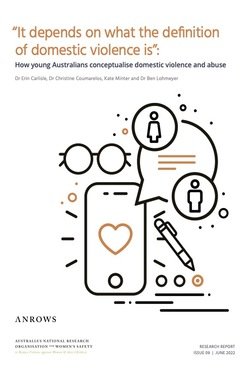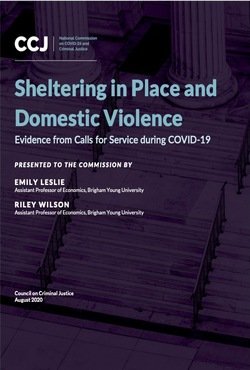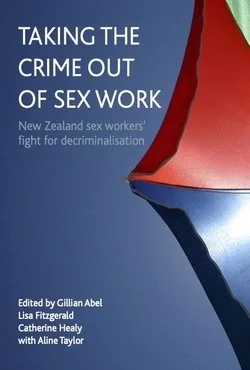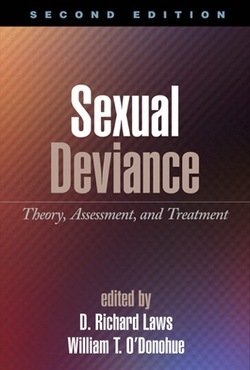By Megan Rose and Dominiek Coates
Respectful relationships education and bystander interventions in school and tertiary settings seek to promote health and equal relationships and reduce sexual violence and dating violence experienced and perpetrated by young people, in and out of relationships, by equipping them with attitudes, knowledge and skills to confront violence. The aim of this review is to provide an overview of the evidence from systematic reviews in relation to the effectiveness of respectful relationships and bystander intervention programs in school and tertiary education settings.
Sydney: Australia’s National Research Organisation for Women’s Safety (ANROWS) 2021. 34p.





















